NYDFS Part 500 in 2025: Key Deadlines, New Requirements, and Compliance Strategies
Key Takeaways
- November 1, 2025 is the final deadline for universal MFA and complete asset management under NYDFS Part 500
- The 2023 Second Amendment introduced personal liability for CEOs and CISOs through dual-signature certification requirements
- NYDFS has levied fines up to $30 million for cybersecurity compliance failures
- Class A companies face additional requirements including independent audits, PAM solutions, and EDR systems
- NYDFS warns that push-based and SMS authentication are weak MFA methods vulnerable to modern attacks and strongly recommends phishing-resistant alternatives
What is NYDFS Part 500?
The New York Department of Financial Services (NYDFS) Cybersecurity Regulation, 23 NYCRR Part 500, has evolved from a risk-based framework into one of the most prescriptive and aggressively enforced cybersecurity mandates in the United States. Initially enacted in 2017, its purpose is to protect customer data and the stability of New York's financial system from cyber threats.
The Second Amendment, effective November 1, 2023, dramatically raised the stakes, introducing stricter controls, heightened governance, and personal accountability for senior leadership. With phased compliance deadlines extending through November 2025, and a clear pattern of multi-million dollar enforcement actions, mastering Part 500 is no longer a matter of IT compliance but a critical component of business survival and strategy.
What Changed in the 2023 Second Amendment?
The Second Amendment to Part 500 represents the most significant overhaul since the regulation's inception. Here are the critical changes organizations must address:
Key Insight: If you haven't addressed the November 2024 deadlines, you are currently out of compliance. The November 2025 deadlines for universal MFA and asset management are your last opportunity to avoid enforcement action.
Who Must Comply with NYDFS Part 500?
The regulation defines three primary tiers: Covered Entities, Exempt Entities, and the new, high-bar 'Class A Companies'.
Who is Considered a Covered Entity?
A 'Covered Entity' is broadly defined as any person or entity operating under, or required to operate under, a license, registration, charter, certificate, or similar authorization under New York's Banking, Insurance, or Financial Services Law. This wide net captures a diverse array of institutions, including:
- State-chartered banks and trust companies
- Insurance companies (property & casualty, life & health, HMOs)
- Mortgage brokers and licensed lenders
- Investment companies and budget planners
- Virtual currency businesses (BitLicensees)
- Holding companies and charitable foundations
The regulation applies regardless of size or whether entities are regulated by other agencies. If you service New York residents or operate under a New York license, you are likely covered.
Are Small Businesses Exempt from NYDFS Part 500?
No, small businesses are not fully exempt. Even if you qualify for a limited exemption under Section 500.19(a) (fewer than 20 employees, less than $7.5 million in gross annual revenue, or less than $15 million in year-end total assets), you must still comply with core requirements including maintaining a cybersecurity program and policy, managing access privileges, conducting risk assessments, managing third-party risk, implementing MFA, and fulfilling all notification and certification duties.
What is a Class A Company Under NYDFS Part 500?
Class A Companies are larger institutions with at least $20 million in gross annual revenue from New York operations AND either over 2,000 employees OR over $1 billion in gross annual revenue globally. Class A status triggers additional requirements including annual independent audits, privileged access management (PAM) solutions, and endpoint detection and response (EDR) systems.
What is the CEO and CISO Certification Requirement?
What is the Dual-Signature Requirement?
Under Section 500.17(b), every Covered Entity must electronically file an annual notification with NYDFS by April 15th. The filing must be signed by both the entity's highest-ranking executive (CEO) and its CISO. This attestation must be supported by "data and documentation sufficient to accurately determine and demonstrate" compliance status. All supporting records must be retained for five years.
Why Does the Dual-Signature Matter?
The dual-signature requirement creates personal liability for senior leadership. This transforms compliance from a delegated IT function into a direct responsibility of the C-suite. Organizations must build a defensible package of verifiable documentation throughout the year to support the annual certification. The message is clear: senior leadership is now personally accountable for cybersecurity failures.
What Documentation is Required for the Annual Certification?
Organizations must maintain comprehensive evidence including cybersecurity program documentation, risk assessments, penetration testing reports, access control policies, user access review records, third-party risk assessments, MFA implementation records, asset inventories, security awareness training completion records, incident response plans, and copies of all DFS notifications. All documentation must be retained for five years.
What are the NYDFS Part 500 MFA Requirements?
When is the MFA Deadline?
The compliance deadline for universal multi-factor authentication is November 1, 2025. By this date, all Covered Entities must use multi-factor authentication (MFA) for any individual accessing any information system.
What Systems Require MFA Under NYDFS Part 500?
MFA must be implemented for:
- All remote access to organizational systems
- Cloud-based Software as a Service (SaaS) offerings (e.g., Microsoft 365, Google Workspace)
- All privileged accounts, both for internal and external access
- Third-party applications and vendor access
A CISO may approve compensating controls in writing, but this exception requires an annual review and must be based on documented risk assessments. The decision to use MFA should never be left to the end-user.
What Types of MFA Does NYDFS Consider Weak?
In its December 2021 industry letter, NYDFS explicitly warned against weak forms of MFA:
- Push-based MFA: Vulnerable to push notification fatigue and social engineering attacks
- SMS-based MFA: Susceptible to SIM-swapping attacks and interception
- One-time passwords (OTP): Can be phished or intercepted
NYDFS recommends implementing secure, phishing-resistant MFA methods and verifying their effectiveness through penetration tests, audits, and vulnerability scans.
What is Phishing-Resistant MFA?
Phishing-resistant MFA uses authentication methods that cannot be intercepted, replayed, or socially engineered. Phishing-resistant factors includes:
- Biometric authentication bound to trusted devices
- Asymmetric cryptography with device-bound certificates
- Hardware security keys using FIDO2/WebAuthn standards
- Passwordless authentication that eliminates credentials entirely
These methods are immune to man-in-the-middle attacks, push notification fatigue, SIM-swapping, and credential phishing.
What are Recent NYDFS Enforcement Actions?
Since 2022, NYDFS has ramped up enforcement, issuing at least 11 consent orders and levying millions in fines. Here are the most significant enforcement actions:
What are the Most Common NYDFS Violations?
Based on enforcement actions, the most common violations include:
- Failure to implement MFA for all required access points
- Inadequate third-party service provider risk management
- Poor access privilege management and review processes
- Failure to conduct required risk assessments
- Missing or inadequate incident response plans
- Failure to report cybersecurity incidents within 72 hours
- Lack of data retention and secure disposal policies
How Does Beyond Identity Help with NYDFS Compliance?
What NYDFS Challenges Does Beyond Identity Solve?
According to NYDFS, the main problems covered entities face are incomplete MFA coverage, weak phishable MFA methods, poor user adoption, lack of compliance documentation, unmanaged device blind spots, and overly permissive exceptions. Beyond Identity addresses each of these challenges:
Why is Beyond Identity the Right Choice for NYDFS Compliance?
Beyond Identity is purpose-built to solve the exact MFA challenges that NYDFS has identified as the most common cybersecurity gaps exploited at financial services companies. Our phishing-resistant, passwordless MFA solution ensures that you meet the November 1, 2025 deadline with a solution that provides superior security and user experience compared to legacy MFA methods.
With Beyond Identity, you can confidently sign the annual CEO/CISO certification knowing that your MFA program is backed by verifiable data, comprehensive coverage, and a solution that aligns with regulatory guidance on strong, effective authentication.
Frequently Asked Questions About NYDFS Part 500
What happens if I miss the November 2025 deadline?
Missing the November 2025 deadline puts your organization out of compliance with NYDFS Part 500. Based on recent enforcement patterns, this could result in multi-million dollar fines, mandatory remediation plans, independent audits, and reputational damage. NYDFS has demonstrated willingness to levy penalties up to $30 million for compliance failures.
Can I use push-based MFA to meet NYDFS requirements?
Technically yes, but it's not recommended. While NYDFS Part 500 does not explicitly prohibit push-based MFA, the Department has warned in its December 2021 industry letter that push-based MFA is weak and vulnerable to social engineering attacks like push notification fatigue. NYDFS strongly recommends implementing phishing-resistant MFA methods such as biometric authentication, hardware security keys, or passwordless solutions to better protect against modern attack vectors.
Do I need MFA for internal systems or just remote access?
The November 2025 requirement mandates universal MFA for ANY individual accessing ANY information system. This includes both remote and internal access, cloud applications, privileged accounts, and third-party vendor access. The only exception is non-interactive service accounts, and any compensating controls require written CISO approval with annual review.
What is the 72-hour notification requirement?
Under Section 500.17(a), Covered Entities must notify the NYDFS Superintendent within 72 hours after determining that a reportable "Cybersecurity Incident" has occurred. This includes incidents that require notification to other government bodies, have a reasonable likelihood of materially harming operations, or involve ransomware deployment.
How do I know if I'm a Class A company?
You are a Class A Company if you have at least $20 million in gross annual revenue from New York operations (including affiliates) AND meet one of these thresholds: over 2,000 employees on average (globally) OR over $1 billion in gross annual revenue (globally). Affiliates are only included if they share information systems, cybersecurity resources, or any part of a cybersecurity program with the Covered Entity.
Take Action Before November 2025
With the November 1, 2025 deadline rapidly approaching, now is the time to ensure your organization is fully compliant with NYDFS Part 500. The personal liability provisions mean that CEOs and CISOs are personally accountable for cybersecurity failures.
Don't wait for a multi-million dollar fine or a breach to discover your MFA isn't compliant. Protect your organization, your customers, and your career by implementing a truly secure, phishing-resistant MFA solution.
Schedule a demo with Beyond Identity to learn how we can help you meet the November 2025 deadline and exceed NYDFS requirements with phishing-resistant, passwordless authentication.
Key Takeaways
- November 1, 2025 is the final deadline for universal MFA and complete asset management under NYDFS Part 500
- The 2023 Second Amendment introduced personal liability for CEOs and CISOs through dual-signature certification requirements
- NYDFS has levied fines up to $30 million for cybersecurity compliance failures
- Class A companies face additional requirements including independent audits, PAM solutions, and EDR systems
- NYDFS warns that push-based and SMS authentication are weak MFA methods vulnerable to modern attacks and strongly recommends phishing-resistant alternatives
What is NYDFS Part 500?
The New York Department of Financial Services (NYDFS) Cybersecurity Regulation, 23 NYCRR Part 500, has evolved from a risk-based framework into one of the most prescriptive and aggressively enforced cybersecurity mandates in the United States. Initially enacted in 2017, its purpose is to protect customer data and the stability of New York's financial system from cyber threats.
The Second Amendment, effective November 1, 2023, dramatically raised the stakes, introducing stricter controls, heightened governance, and personal accountability for senior leadership. With phased compliance deadlines extending through November 2025, and a clear pattern of multi-million dollar enforcement actions, mastering Part 500 is no longer a matter of IT compliance but a critical component of business survival and strategy.
What Changed in the 2023 Second Amendment?
The Second Amendment to Part 500 represents the most significant overhaul since the regulation's inception. Here are the critical changes organizations must address:
Key Insight: If you haven't addressed the November 2024 deadlines, you are currently out of compliance. The November 2025 deadlines for universal MFA and asset management are your last opportunity to avoid enforcement action.
Who Must Comply with NYDFS Part 500?
The regulation defines three primary tiers: Covered Entities, Exempt Entities, and the new, high-bar 'Class A Companies'.
Who is Considered a Covered Entity?
A 'Covered Entity' is broadly defined as any person or entity operating under, or required to operate under, a license, registration, charter, certificate, or similar authorization under New York's Banking, Insurance, or Financial Services Law. This wide net captures a diverse array of institutions, including:
- State-chartered banks and trust companies
- Insurance companies (property & casualty, life & health, HMOs)
- Mortgage brokers and licensed lenders
- Investment companies and budget planners
- Virtual currency businesses (BitLicensees)
- Holding companies and charitable foundations
The regulation applies regardless of size or whether entities are regulated by other agencies. If you service New York residents or operate under a New York license, you are likely covered.
Are Small Businesses Exempt from NYDFS Part 500?
No, small businesses are not fully exempt. Even if you qualify for a limited exemption under Section 500.19(a) (fewer than 20 employees, less than $7.5 million in gross annual revenue, or less than $15 million in year-end total assets), you must still comply with core requirements including maintaining a cybersecurity program and policy, managing access privileges, conducting risk assessments, managing third-party risk, implementing MFA, and fulfilling all notification and certification duties.
What is a Class A Company Under NYDFS Part 500?
Class A Companies are larger institutions with at least $20 million in gross annual revenue from New York operations AND either over 2,000 employees OR over $1 billion in gross annual revenue globally. Class A status triggers additional requirements including annual independent audits, privileged access management (PAM) solutions, and endpoint detection and response (EDR) systems.
What is the CEO and CISO Certification Requirement?
What is the Dual-Signature Requirement?
Under Section 500.17(b), every Covered Entity must electronically file an annual notification with NYDFS by April 15th. The filing must be signed by both the entity's highest-ranking executive (CEO) and its CISO. This attestation must be supported by "data and documentation sufficient to accurately determine and demonstrate" compliance status. All supporting records must be retained for five years.
Why Does the Dual-Signature Matter?
The dual-signature requirement creates personal liability for senior leadership. This transforms compliance from a delegated IT function into a direct responsibility of the C-suite. Organizations must build a defensible package of verifiable documentation throughout the year to support the annual certification. The message is clear: senior leadership is now personally accountable for cybersecurity failures.
What Documentation is Required for the Annual Certification?
Organizations must maintain comprehensive evidence including cybersecurity program documentation, risk assessments, penetration testing reports, access control policies, user access review records, third-party risk assessments, MFA implementation records, asset inventories, security awareness training completion records, incident response plans, and copies of all DFS notifications. All documentation must be retained for five years.
What are the NYDFS Part 500 MFA Requirements?
When is the MFA Deadline?
The compliance deadline for universal multi-factor authentication is November 1, 2025. By this date, all Covered Entities must use multi-factor authentication (MFA) for any individual accessing any information system.
What Systems Require MFA Under NYDFS Part 500?
MFA must be implemented for:
- All remote access to organizational systems
- Cloud-based Software as a Service (SaaS) offerings (e.g., Microsoft 365, Google Workspace)
- All privileged accounts, both for internal and external access
- Third-party applications and vendor access
A CISO may approve compensating controls in writing, but this exception requires an annual review and must be based on documented risk assessments. The decision to use MFA should never be left to the end-user.
What Types of MFA Does NYDFS Consider Weak?
In its December 2021 industry letter, NYDFS explicitly warned against weak forms of MFA:
- Push-based MFA: Vulnerable to push notification fatigue and social engineering attacks
- SMS-based MFA: Susceptible to SIM-swapping attacks and interception
- One-time passwords (OTP): Can be phished or intercepted
NYDFS recommends implementing secure, phishing-resistant MFA methods and verifying their effectiveness through penetration tests, audits, and vulnerability scans.
What is Phishing-Resistant MFA?
Phishing-resistant MFA uses authentication methods that cannot be intercepted, replayed, or socially engineered. Phishing-resistant factors includes:
- Biometric authentication bound to trusted devices
- Asymmetric cryptography with device-bound certificates
- Hardware security keys using FIDO2/WebAuthn standards
- Passwordless authentication that eliminates credentials entirely
These methods are immune to man-in-the-middle attacks, push notification fatigue, SIM-swapping, and credential phishing.
What are Recent NYDFS Enforcement Actions?
Since 2022, NYDFS has ramped up enforcement, issuing at least 11 consent orders and levying millions in fines. Here are the most significant enforcement actions:
What are the Most Common NYDFS Violations?
Based on enforcement actions, the most common violations include:
- Failure to implement MFA for all required access points
- Inadequate third-party service provider risk management
- Poor access privilege management and review processes
- Failure to conduct required risk assessments
- Missing or inadequate incident response plans
- Failure to report cybersecurity incidents within 72 hours
- Lack of data retention and secure disposal policies
How Does Beyond Identity Help with NYDFS Compliance?
What NYDFS Challenges Does Beyond Identity Solve?
According to NYDFS, the main problems covered entities face are incomplete MFA coverage, weak phishable MFA methods, poor user adoption, lack of compliance documentation, unmanaged device blind spots, and overly permissive exceptions. Beyond Identity addresses each of these challenges:
Why is Beyond Identity the Right Choice for NYDFS Compliance?
Beyond Identity is purpose-built to solve the exact MFA challenges that NYDFS has identified as the most common cybersecurity gaps exploited at financial services companies. Our phishing-resistant, passwordless MFA solution ensures that you meet the November 1, 2025 deadline with a solution that provides superior security and user experience compared to legacy MFA methods.
With Beyond Identity, you can confidently sign the annual CEO/CISO certification knowing that your MFA program is backed by verifiable data, comprehensive coverage, and a solution that aligns with regulatory guidance on strong, effective authentication.
Frequently Asked Questions About NYDFS Part 500
What happens if I miss the November 2025 deadline?
Missing the November 2025 deadline puts your organization out of compliance with NYDFS Part 500. Based on recent enforcement patterns, this could result in multi-million dollar fines, mandatory remediation plans, independent audits, and reputational damage. NYDFS has demonstrated willingness to levy penalties up to $30 million for compliance failures.
Can I use push-based MFA to meet NYDFS requirements?
Technically yes, but it's not recommended. While NYDFS Part 500 does not explicitly prohibit push-based MFA, the Department has warned in its December 2021 industry letter that push-based MFA is weak and vulnerable to social engineering attacks like push notification fatigue. NYDFS strongly recommends implementing phishing-resistant MFA methods such as biometric authentication, hardware security keys, or passwordless solutions to better protect against modern attack vectors.
Do I need MFA for internal systems or just remote access?
The November 2025 requirement mandates universal MFA for ANY individual accessing ANY information system. This includes both remote and internal access, cloud applications, privileged accounts, and third-party vendor access. The only exception is non-interactive service accounts, and any compensating controls require written CISO approval with annual review.
What is the 72-hour notification requirement?
Under Section 500.17(a), Covered Entities must notify the NYDFS Superintendent within 72 hours after determining that a reportable "Cybersecurity Incident" has occurred. This includes incidents that require notification to other government bodies, have a reasonable likelihood of materially harming operations, or involve ransomware deployment.
How do I know if I'm a Class A company?
You are a Class A Company if you have at least $20 million in gross annual revenue from New York operations (including affiliates) AND meet one of these thresholds: over 2,000 employees on average (globally) OR over $1 billion in gross annual revenue (globally). Affiliates are only included if they share information systems, cybersecurity resources, or any part of a cybersecurity program with the Covered Entity.
Take Action Before November 2025
With the November 1, 2025 deadline rapidly approaching, now is the time to ensure your organization is fully compliant with NYDFS Part 500. The personal liability provisions mean that CEOs and CISOs are personally accountable for cybersecurity failures.
Don't wait for a multi-million dollar fine or a breach to discover your MFA isn't compliant. Protect your organization, your customers, and your career by implementing a truly secure, phishing-resistant MFA solution.
Schedule a demo with Beyond Identity to learn how we can help you meet the November 2025 deadline and exceed NYDFS requirements with phishing-resistant, passwordless authentication.
Key Takeaways
- November 1, 2025 is the final deadline for universal MFA and complete asset management under NYDFS Part 500
- The 2023 Second Amendment introduced personal liability for CEOs and CISOs through dual-signature certification requirements
- NYDFS has levied fines up to $30 million for cybersecurity compliance failures
- Class A companies face additional requirements including independent audits, PAM solutions, and EDR systems
- NYDFS warns that push-based and SMS authentication are weak MFA methods vulnerable to modern attacks and strongly recommends phishing-resistant alternatives
What is NYDFS Part 500?
The New York Department of Financial Services (NYDFS) Cybersecurity Regulation, 23 NYCRR Part 500, has evolved from a risk-based framework into one of the most prescriptive and aggressively enforced cybersecurity mandates in the United States. Initially enacted in 2017, its purpose is to protect customer data and the stability of New York's financial system from cyber threats.
The Second Amendment, effective November 1, 2023, dramatically raised the stakes, introducing stricter controls, heightened governance, and personal accountability for senior leadership. With phased compliance deadlines extending through November 2025, and a clear pattern of multi-million dollar enforcement actions, mastering Part 500 is no longer a matter of IT compliance but a critical component of business survival and strategy.
What Changed in the 2023 Second Amendment?
The Second Amendment to Part 500 represents the most significant overhaul since the regulation's inception. Here are the critical changes organizations must address:
Key Insight: If you haven't addressed the November 2024 deadlines, you are currently out of compliance. The November 2025 deadlines for universal MFA and asset management are your last opportunity to avoid enforcement action.
Who Must Comply with NYDFS Part 500?
The regulation defines three primary tiers: Covered Entities, Exempt Entities, and the new, high-bar 'Class A Companies'.
Who is Considered a Covered Entity?
A 'Covered Entity' is broadly defined as any person or entity operating under, or required to operate under, a license, registration, charter, certificate, or similar authorization under New York's Banking, Insurance, or Financial Services Law. This wide net captures a diverse array of institutions, including:
- State-chartered banks and trust companies
- Insurance companies (property & casualty, life & health, HMOs)
- Mortgage brokers and licensed lenders
- Investment companies and budget planners
- Virtual currency businesses (BitLicensees)
- Holding companies and charitable foundations
The regulation applies regardless of size or whether entities are regulated by other agencies. If you service New York residents or operate under a New York license, you are likely covered.
Are Small Businesses Exempt from NYDFS Part 500?
No, small businesses are not fully exempt. Even if you qualify for a limited exemption under Section 500.19(a) (fewer than 20 employees, less than $7.5 million in gross annual revenue, or less than $15 million in year-end total assets), you must still comply with core requirements including maintaining a cybersecurity program and policy, managing access privileges, conducting risk assessments, managing third-party risk, implementing MFA, and fulfilling all notification and certification duties.
What is a Class A Company Under NYDFS Part 500?
Class A Companies are larger institutions with at least $20 million in gross annual revenue from New York operations AND either over 2,000 employees OR over $1 billion in gross annual revenue globally. Class A status triggers additional requirements including annual independent audits, privileged access management (PAM) solutions, and endpoint detection and response (EDR) systems.
What is the CEO and CISO Certification Requirement?
What is the Dual-Signature Requirement?
Under Section 500.17(b), every Covered Entity must electronically file an annual notification with NYDFS by April 15th. The filing must be signed by both the entity's highest-ranking executive (CEO) and its CISO. This attestation must be supported by "data and documentation sufficient to accurately determine and demonstrate" compliance status. All supporting records must be retained for five years.
Why Does the Dual-Signature Matter?
The dual-signature requirement creates personal liability for senior leadership. This transforms compliance from a delegated IT function into a direct responsibility of the C-suite. Organizations must build a defensible package of verifiable documentation throughout the year to support the annual certification. The message is clear: senior leadership is now personally accountable for cybersecurity failures.
What Documentation is Required for the Annual Certification?
Organizations must maintain comprehensive evidence including cybersecurity program documentation, risk assessments, penetration testing reports, access control policies, user access review records, third-party risk assessments, MFA implementation records, asset inventories, security awareness training completion records, incident response plans, and copies of all DFS notifications. All documentation must be retained for five years.
What are the NYDFS Part 500 MFA Requirements?
When is the MFA Deadline?
The compliance deadline for universal multi-factor authentication is November 1, 2025. By this date, all Covered Entities must use multi-factor authentication (MFA) for any individual accessing any information system.
What Systems Require MFA Under NYDFS Part 500?
MFA must be implemented for:
- All remote access to organizational systems
- Cloud-based Software as a Service (SaaS) offerings (e.g., Microsoft 365, Google Workspace)
- All privileged accounts, both for internal and external access
- Third-party applications and vendor access
A CISO may approve compensating controls in writing, but this exception requires an annual review and must be based on documented risk assessments. The decision to use MFA should never be left to the end-user.
What Types of MFA Does NYDFS Consider Weak?
In its December 2021 industry letter, NYDFS explicitly warned against weak forms of MFA:
- Push-based MFA: Vulnerable to push notification fatigue and social engineering attacks
- SMS-based MFA: Susceptible to SIM-swapping attacks and interception
- One-time passwords (OTP): Can be phished or intercepted
NYDFS recommends implementing secure, phishing-resistant MFA methods and verifying their effectiveness through penetration tests, audits, and vulnerability scans.
What is Phishing-Resistant MFA?
Phishing-resistant MFA uses authentication methods that cannot be intercepted, replayed, or socially engineered. Phishing-resistant factors includes:
- Biometric authentication bound to trusted devices
- Asymmetric cryptography with device-bound certificates
- Hardware security keys using FIDO2/WebAuthn standards
- Passwordless authentication that eliminates credentials entirely
These methods are immune to man-in-the-middle attacks, push notification fatigue, SIM-swapping, and credential phishing.
What are Recent NYDFS Enforcement Actions?
Since 2022, NYDFS has ramped up enforcement, issuing at least 11 consent orders and levying millions in fines. Here are the most significant enforcement actions:
What are the Most Common NYDFS Violations?
Based on enforcement actions, the most common violations include:
- Failure to implement MFA for all required access points
- Inadequate third-party service provider risk management
- Poor access privilege management and review processes
- Failure to conduct required risk assessments
- Missing or inadequate incident response plans
- Failure to report cybersecurity incidents within 72 hours
- Lack of data retention and secure disposal policies
How Does Beyond Identity Help with NYDFS Compliance?
What NYDFS Challenges Does Beyond Identity Solve?
According to NYDFS, the main problems covered entities face are incomplete MFA coverage, weak phishable MFA methods, poor user adoption, lack of compliance documentation, unmanaged device blind spots, and overly permissive exceptions. Beyond Identity addresses each of these challenges:
Why is Beyond Identity the Right Choice for NYDFS Compliance?
Beyond Identity is purpose-built to solve the exact MFA challenges that NYDFS has identified as the most common cybersecurity gaps exploited at financial services companies. Our phishing-resistant, passwordless MFA solution ensures that you meet the November 1, 2025 deadline with a solution that provides superior security and user experience compared to legacy MFA methods.
With Beyond Identity, you can confidently sign the annual CEO/CISO certification knowing that your MFA program is backed by verifiable data, comprehensive coverage, and a solution that aligns with regulatory guidance on strong, effective authentication.
Frequently Asked Questions About NYDFS Part 500
What happens if I miss the November 2025 deadline?
Missing the November 2025 deadline puts your organization out of compliance with NYDFS Part 500. Based on recent enforcement patterns, this could result in multi-million dollar fines, mandatory remediation plans, independent audits, and reputational damage. NYDFS has demonstrated willingness to levy penalties up to $30 million for compliance failures.
Can I use push-based MFA to meet NYDFS requirements?
Technically yes, but it's not recommended. While NYDFS Part 500 does not explicitly prohibit push-based MFA, the Department has warned in its December 2021 industry letter that push-based MFA is weak and vulnerable to social engineering attacks like push notification fatigue. NYDFS strongly recommends implementing phishing-resistant MFA methods such as biometric authentication, hardware security keys, or passwordless solutions to better protect against modern attack vectors.
Do I need MFA for internal systems or just remote access?
The November 2025 requirement mandates universal MFA for ANY individual accessing ANY information system. This includes both remote and internal access, cloud applications, privileged accounts, and third-party vendor access. The only exception is non-interactive service accounts, and any compensating controls require written CISO approval with annual review.
What is the 72-hour notification requirement?
Under Section 500.17(a), Covered Entities must notify the NYDFS Superintendent within 72 hours after determining that a reportable "Cybersecurity Incident" has occurred. This includes incidents that require notification to other government bodies, have a reasonable likelihood of materially harming operations, or involve ransomware deployment.
How do I know if I'm a Class A company?
You are a Class A Company if you have at least $20 million in gross annual revenue from New York operations (including affiliates) AND meet one of these thresholds: over 2,000 employees on average (globally) OR over $1 billion in gross annual revenue (globally). Affiliates are only included if they share information systems, cybersecurity resources, or any part of a cybersecurity program with the Covered Entity.
Take Action Before November 2025
With the November 1, 2025 deadline rapidly approaching, now is the time to ensure your organization is fully compliant with NYDFS Part 500. The personal liability provisions mean that CEOs and CISOs are personally accountable for cybersecurity failures.
Don't wait for a multi-million dollar fine or a breach to discover your MFA isn't compliant. Protect your organization, your customers, and your career by implementing a truly secure, phishing-resistant MFA solution.
Schedule a demo with Beyond Identity to learn how we can help you meet the November 2025 deadline and exceed NYDFS requirements with phishing-resistant, passwordless authentication.

.jpg)





.jpg)
.jpg)
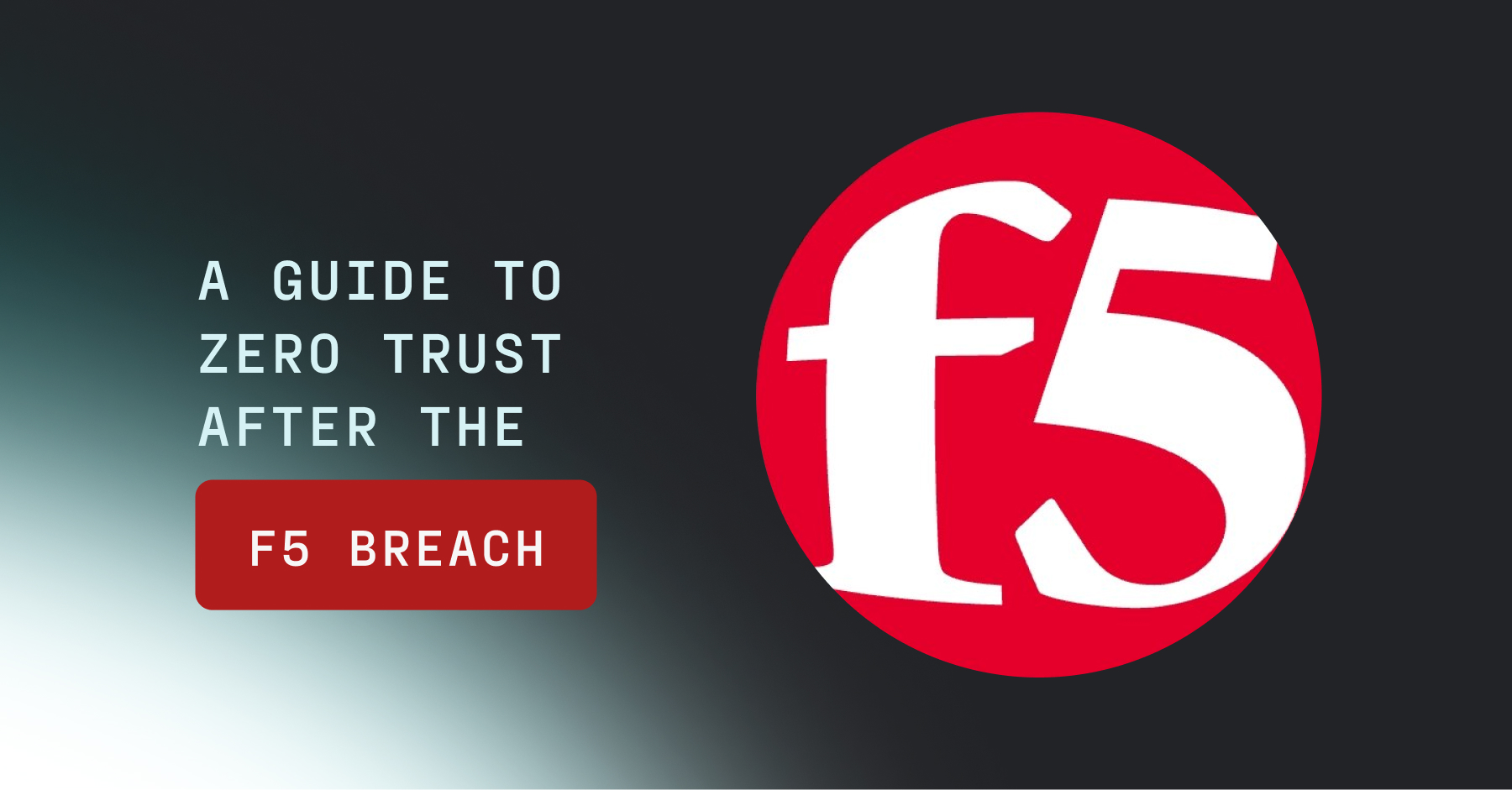
.jpg)
.jpg)
.jpg)
.jpg)
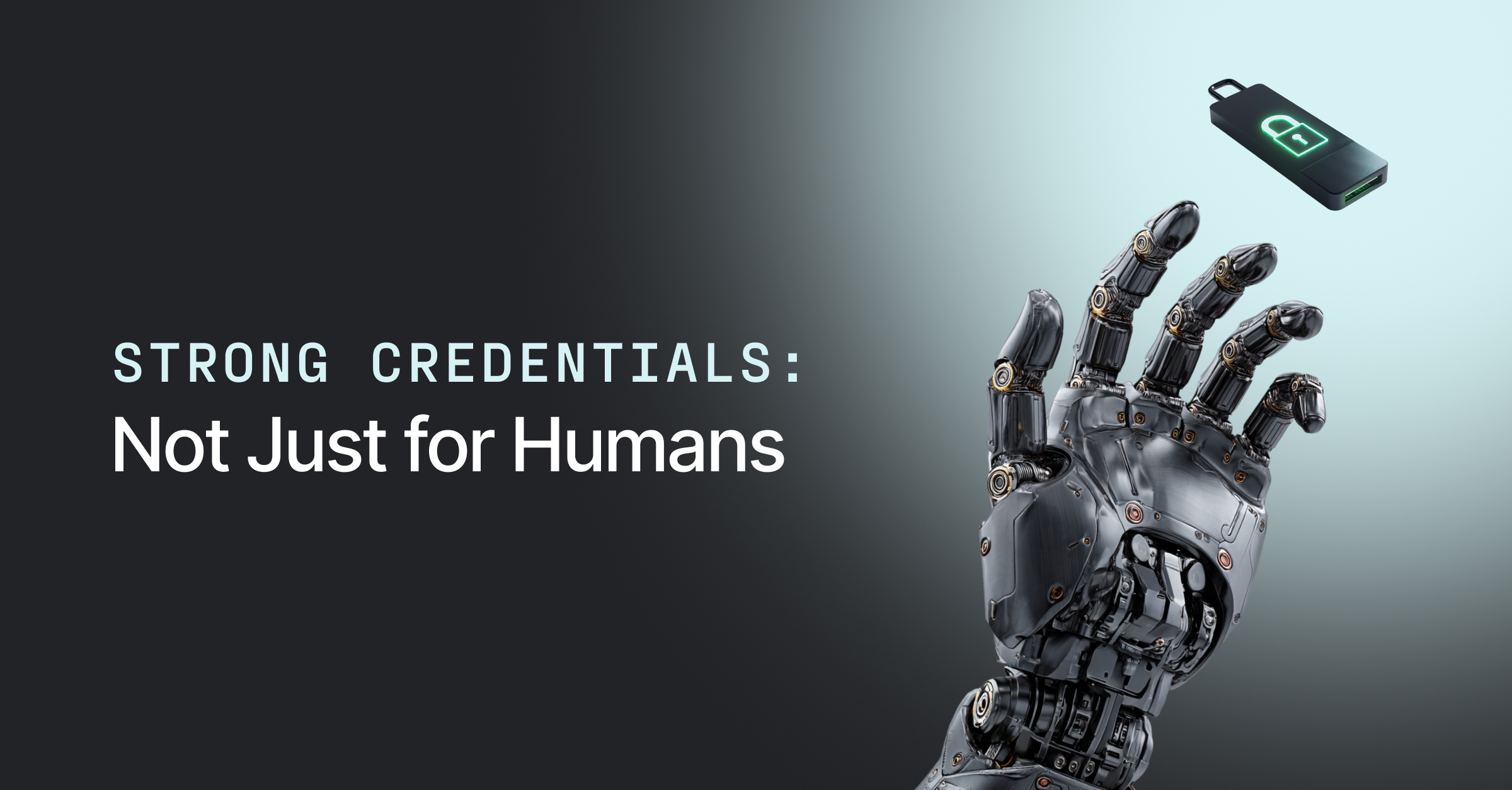
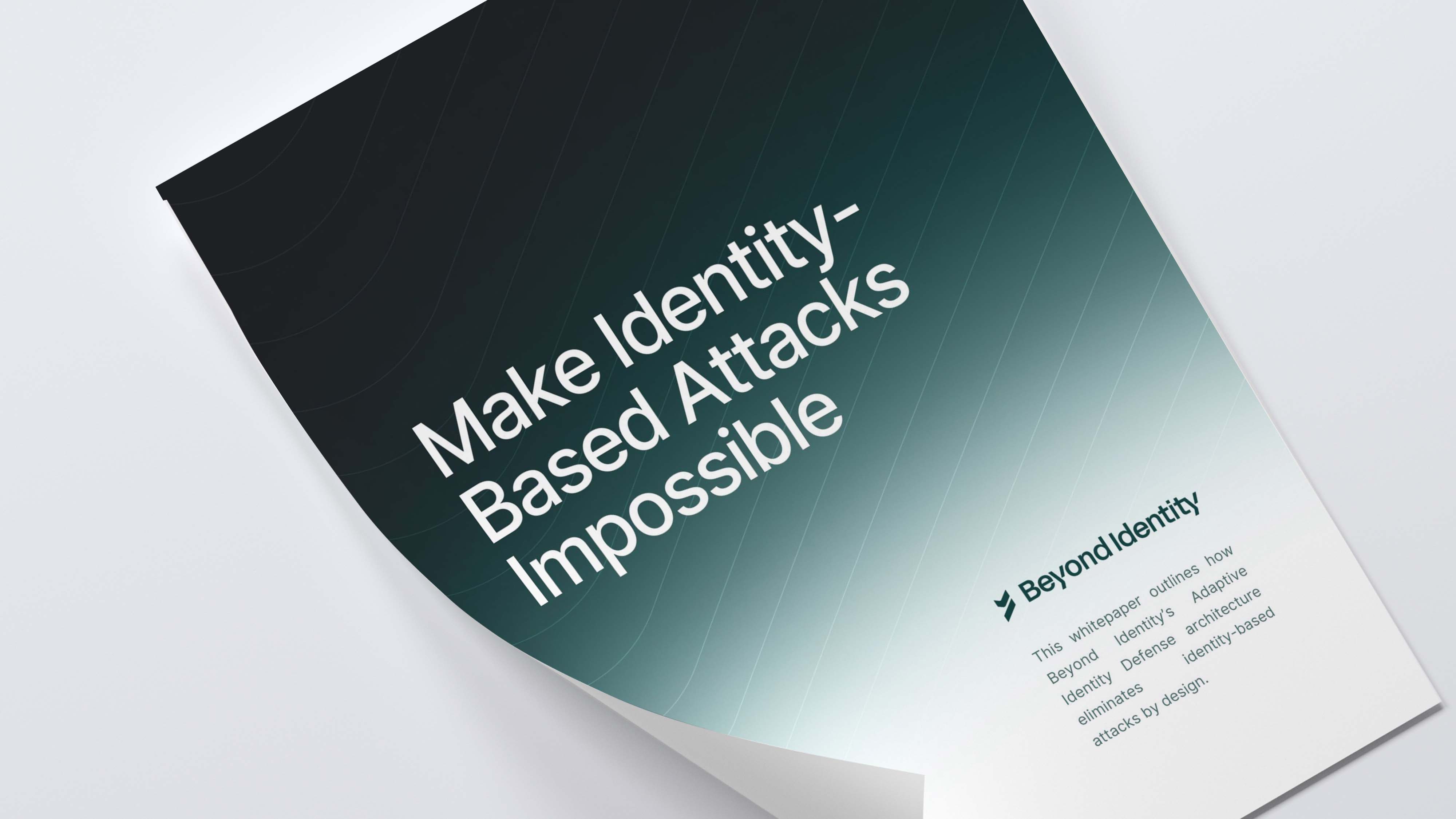
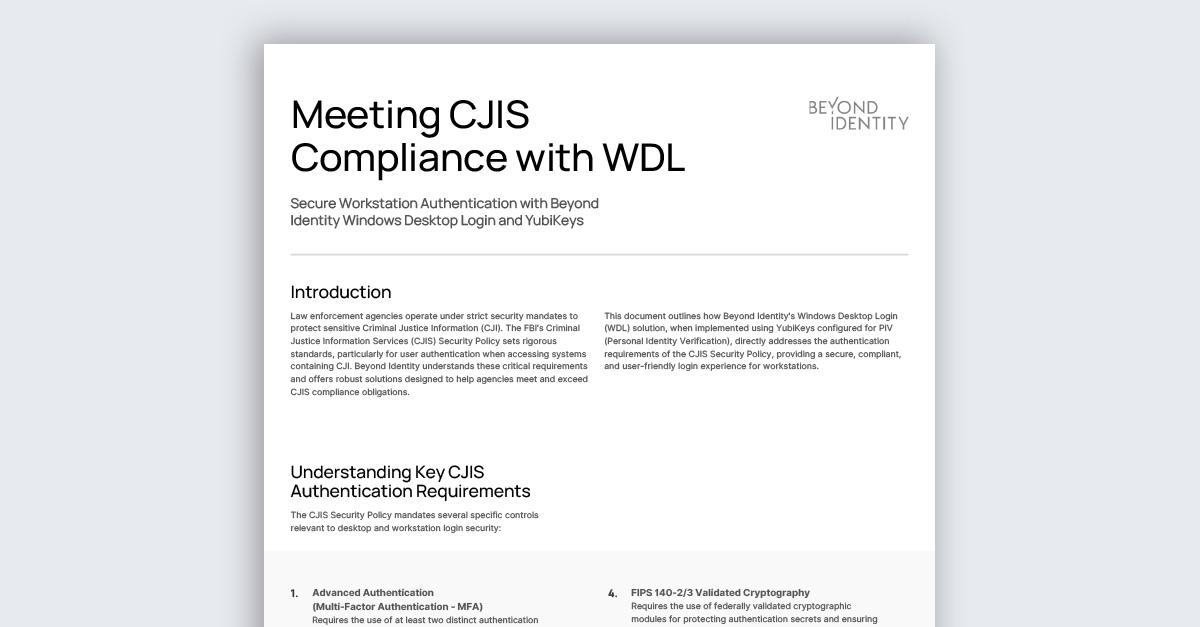
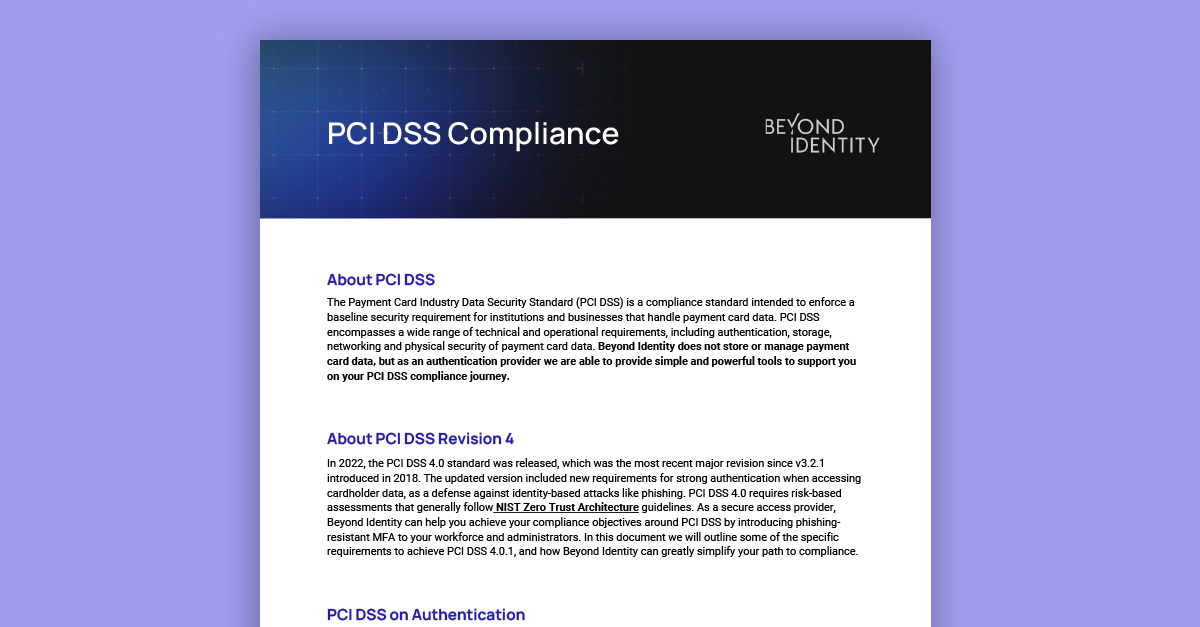
.jpeg)
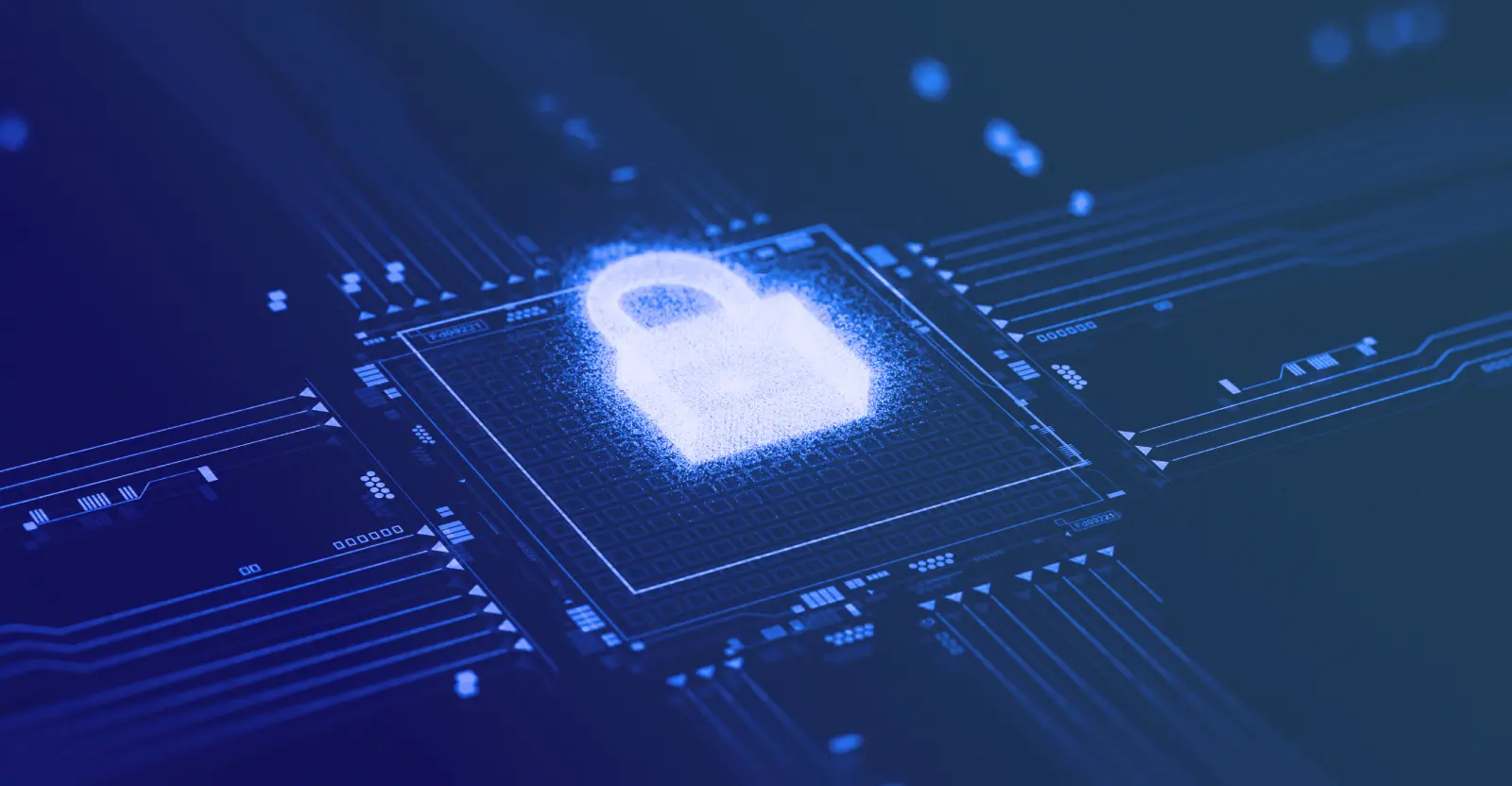
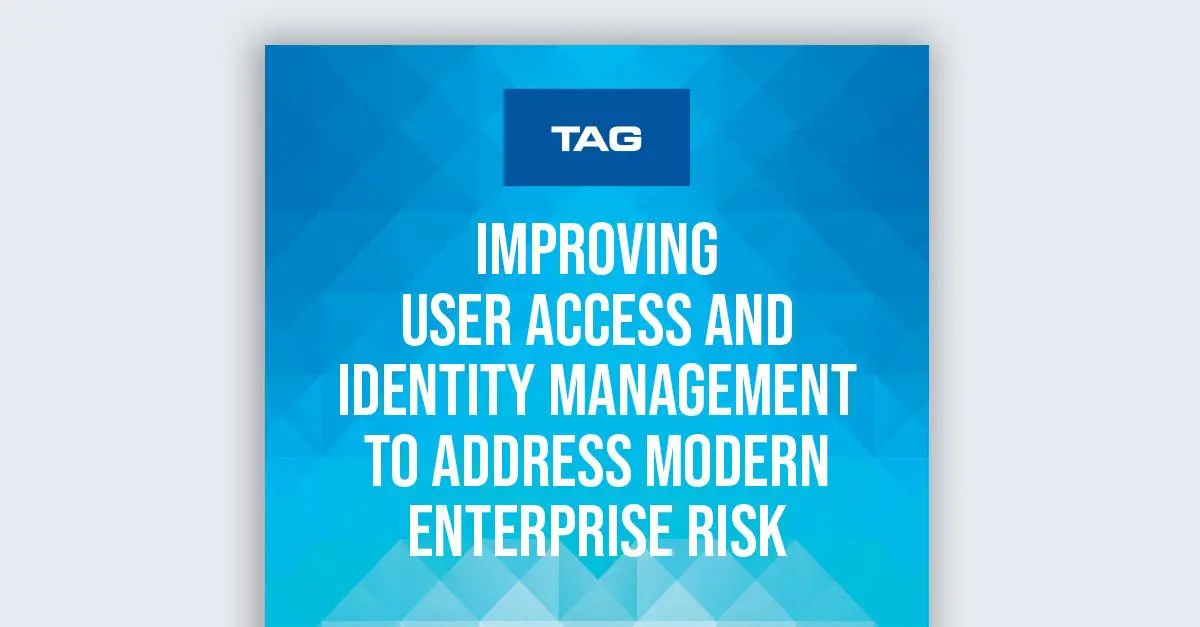
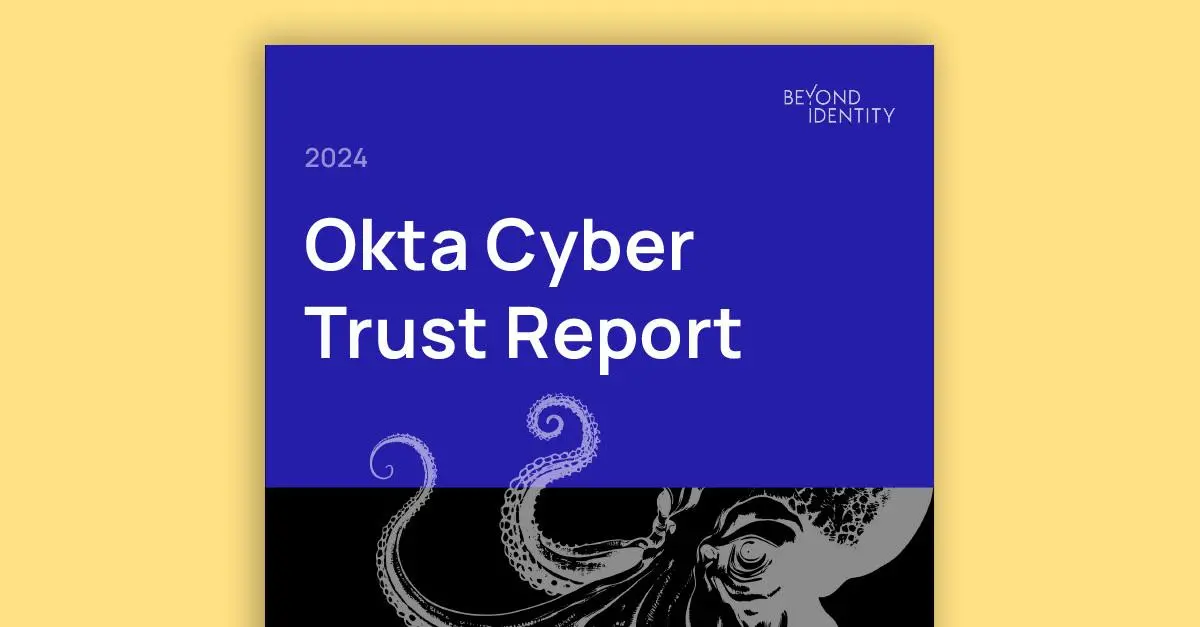
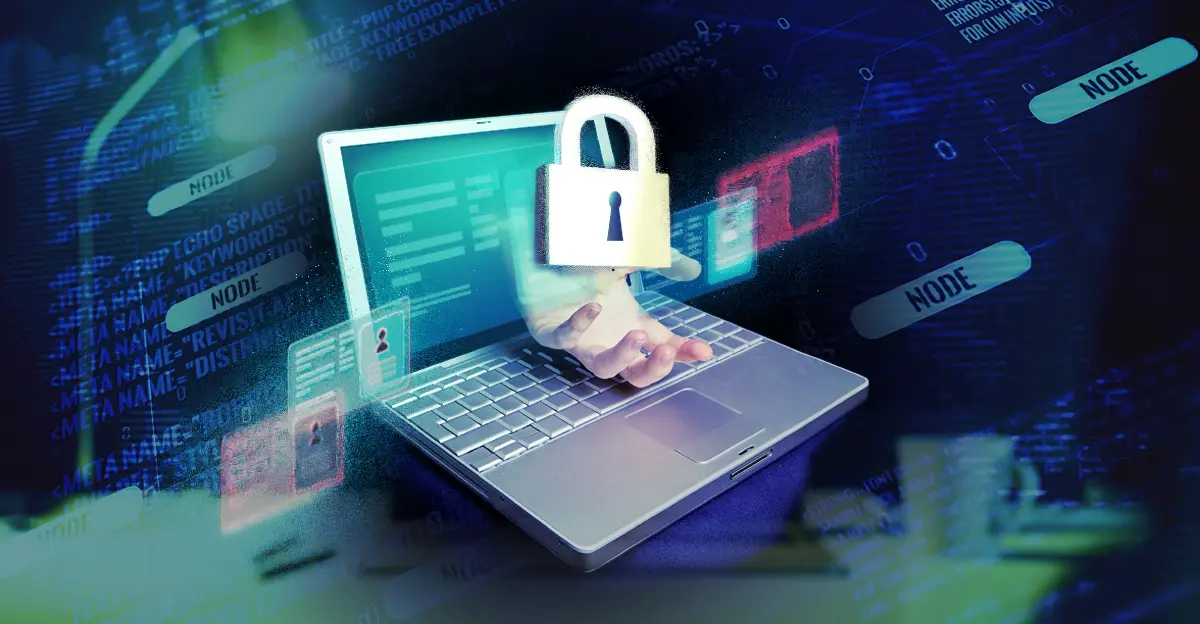


.png)

